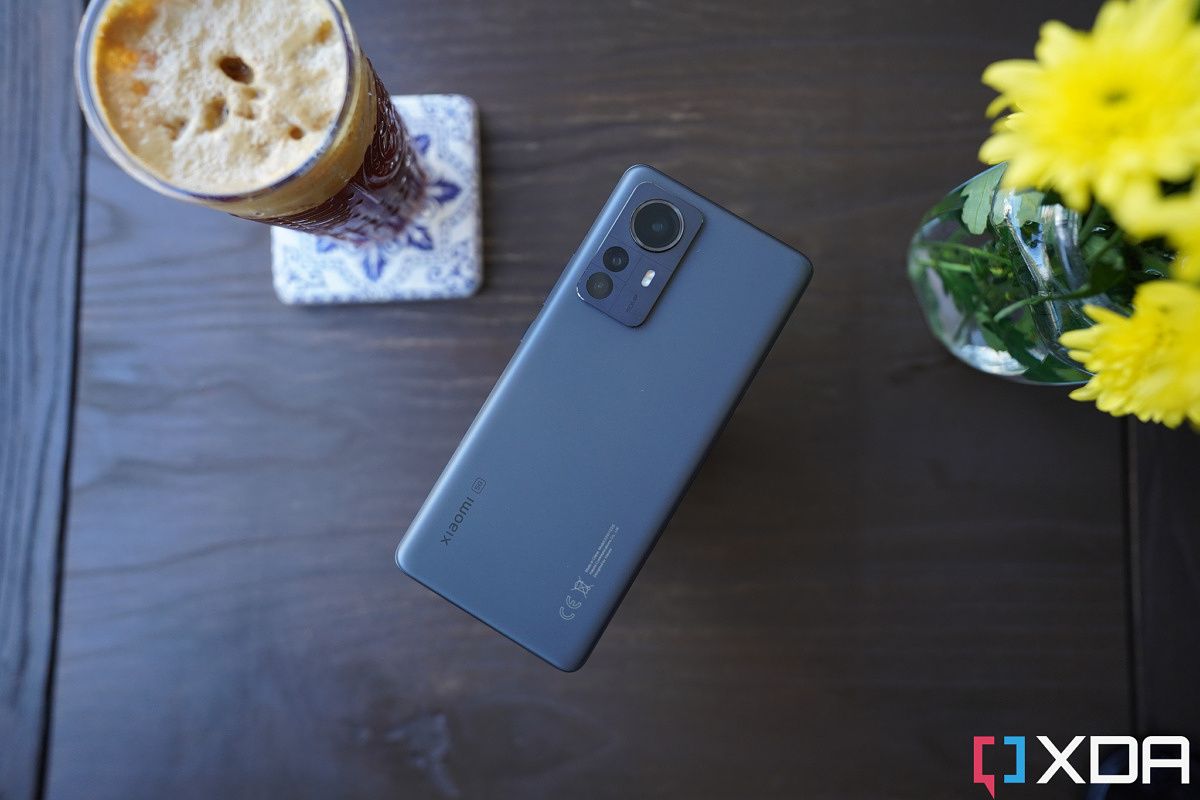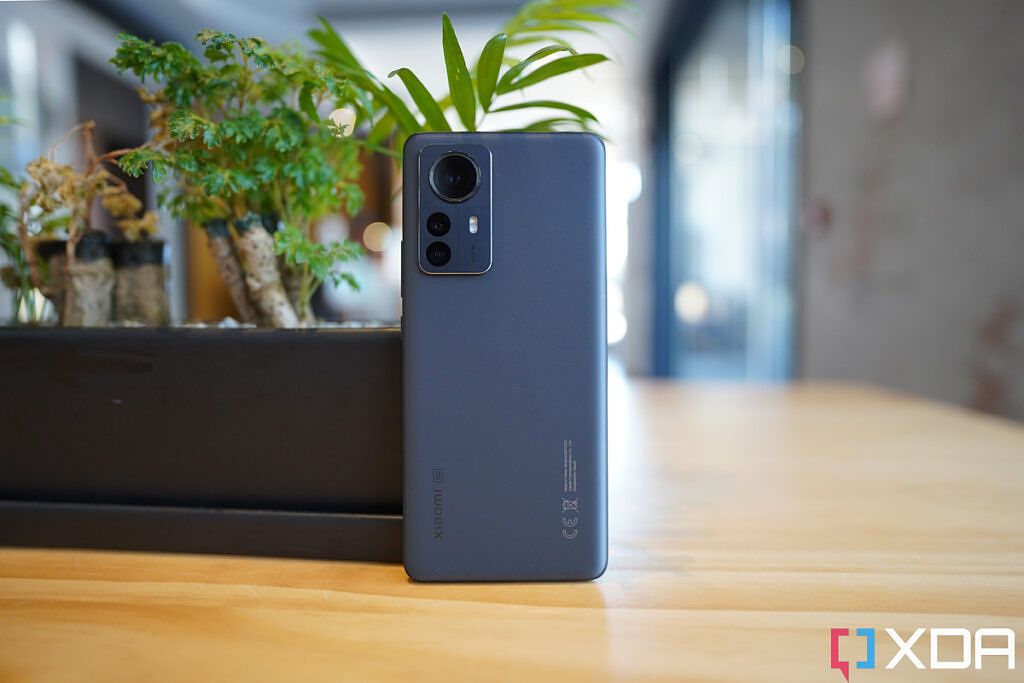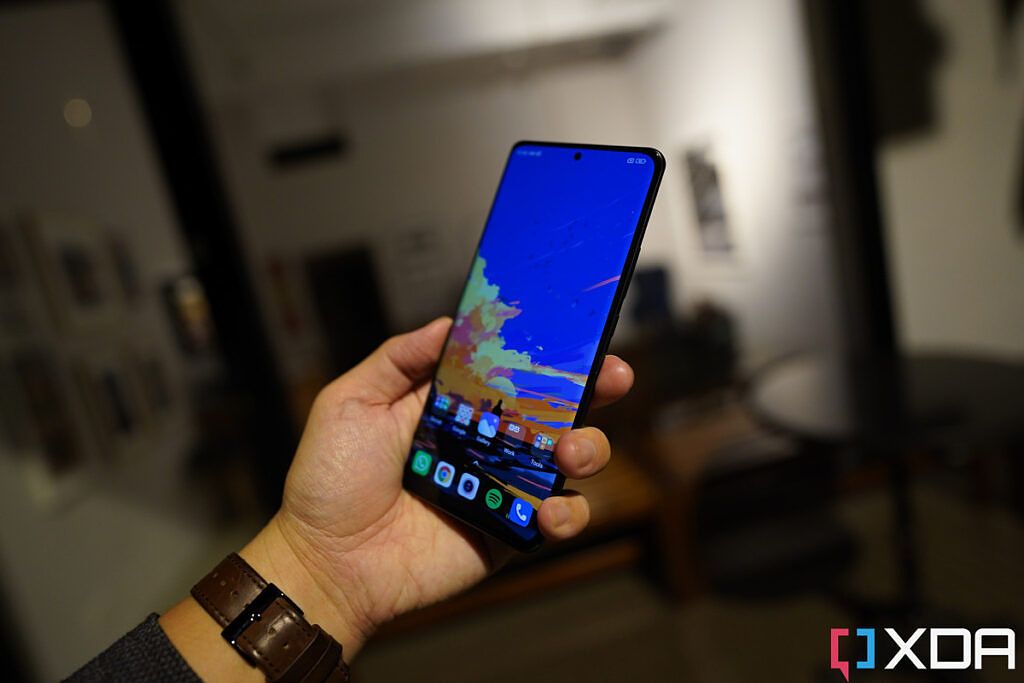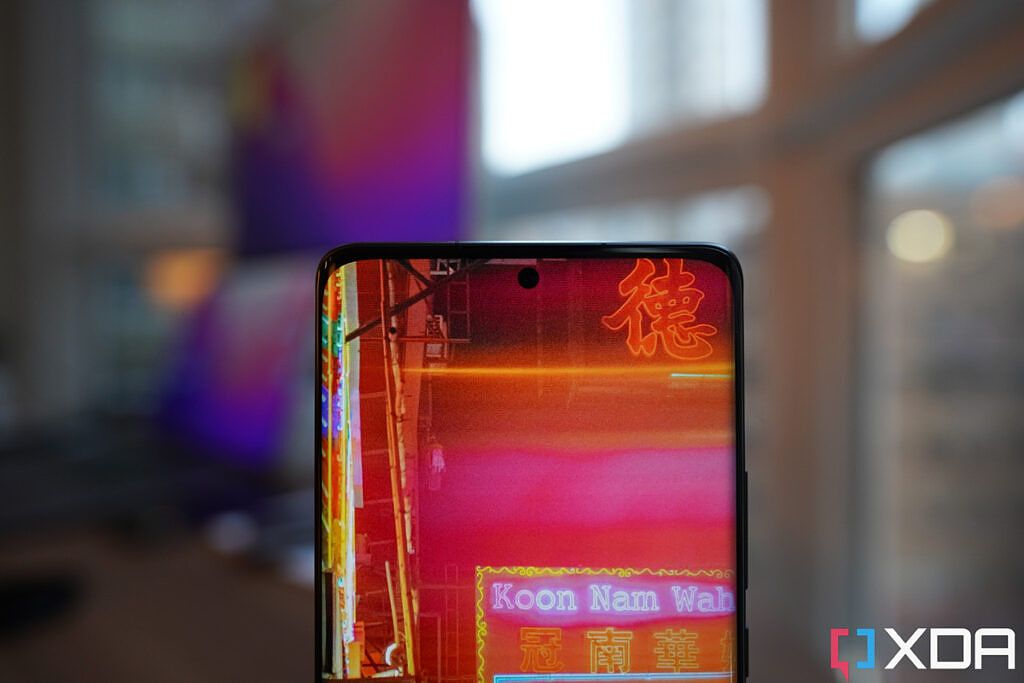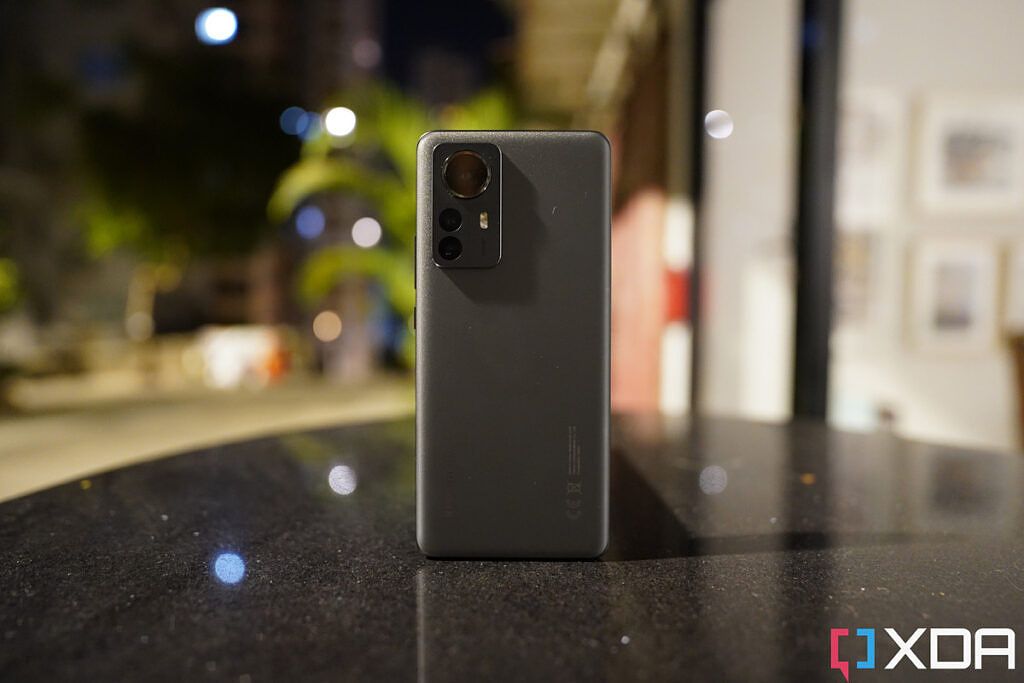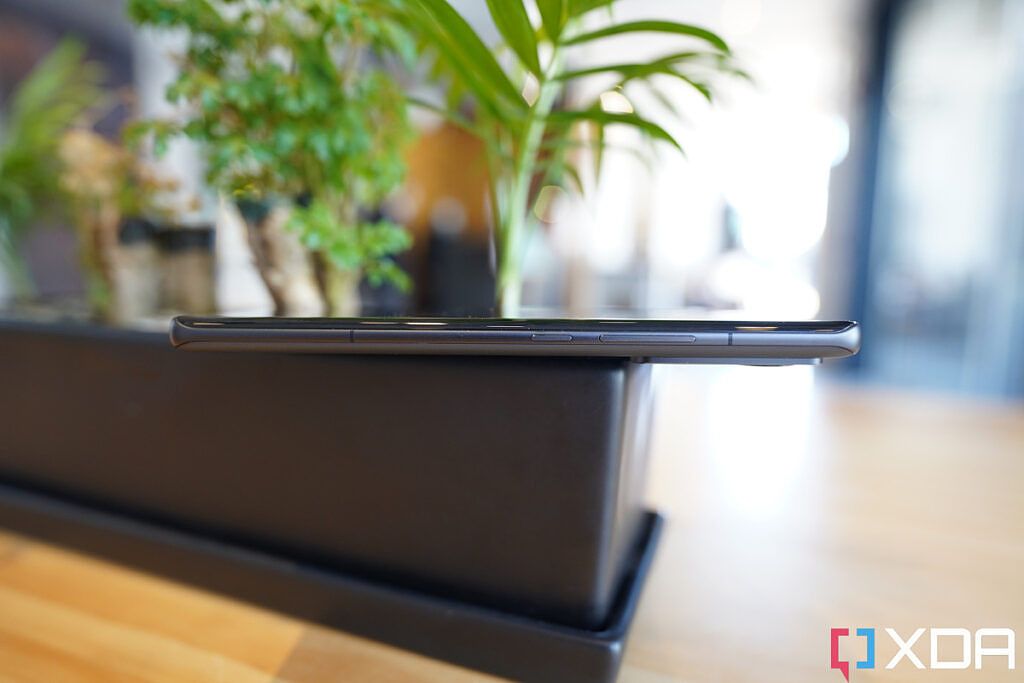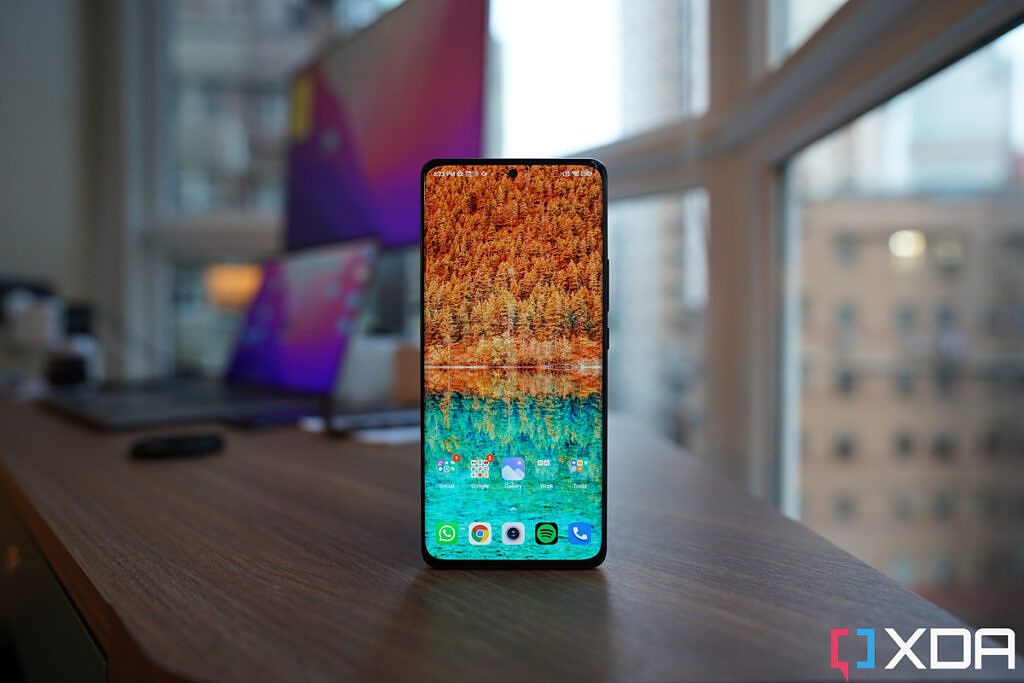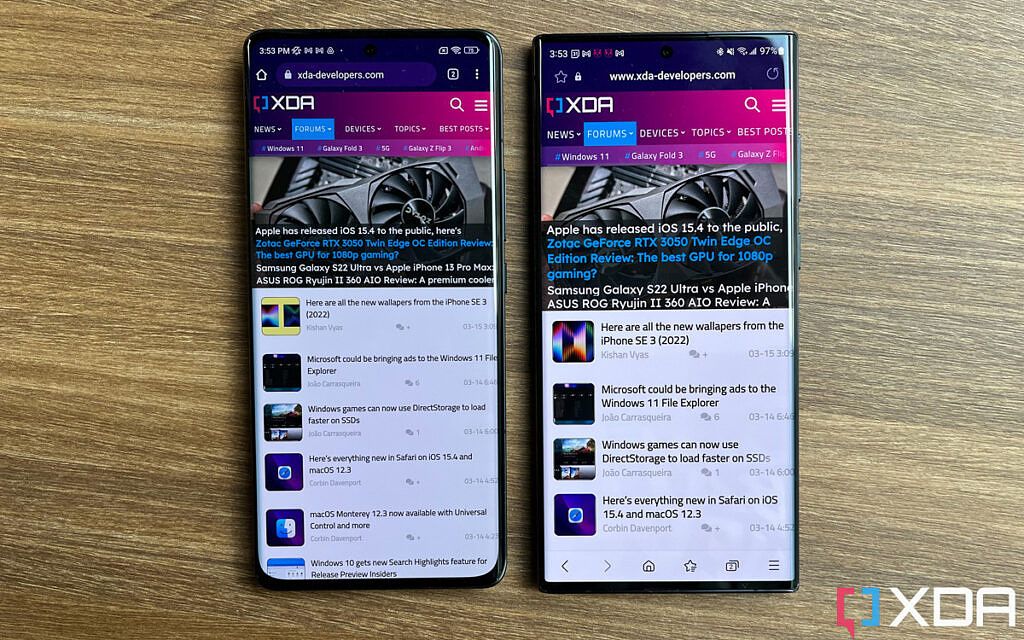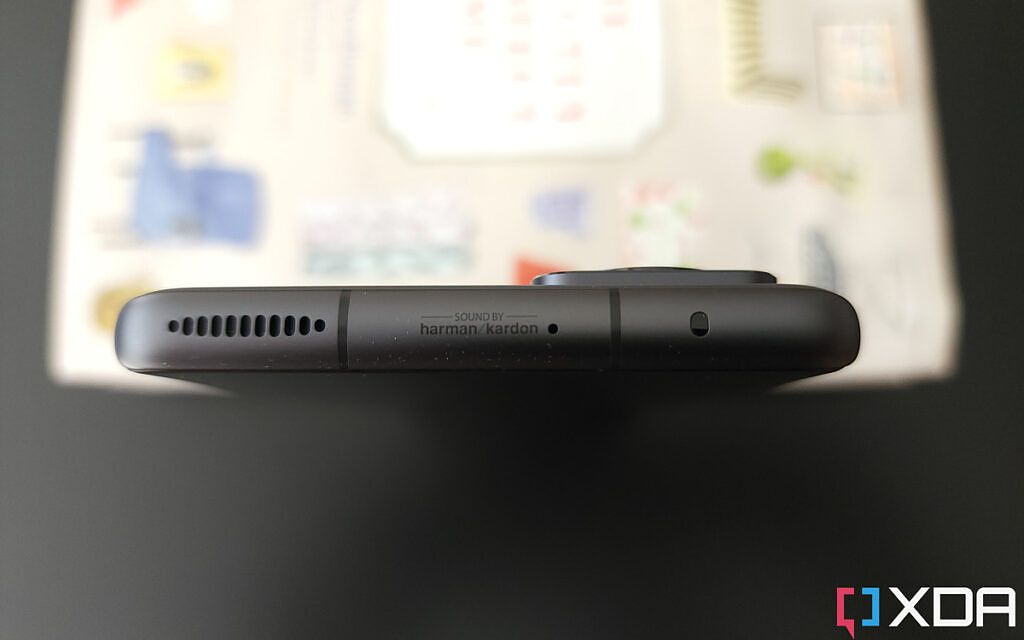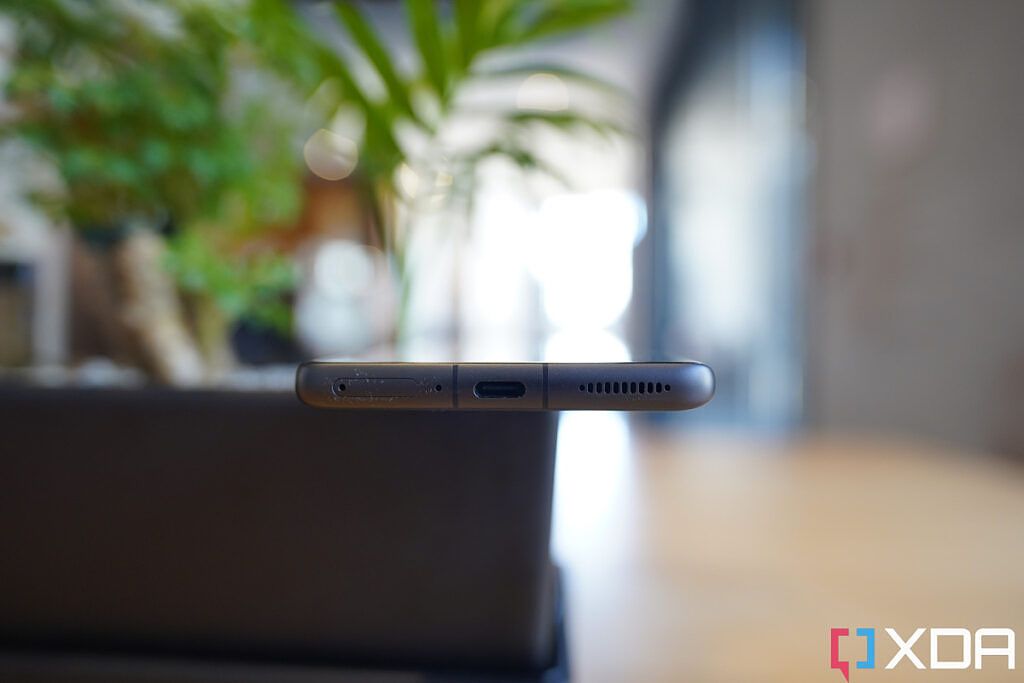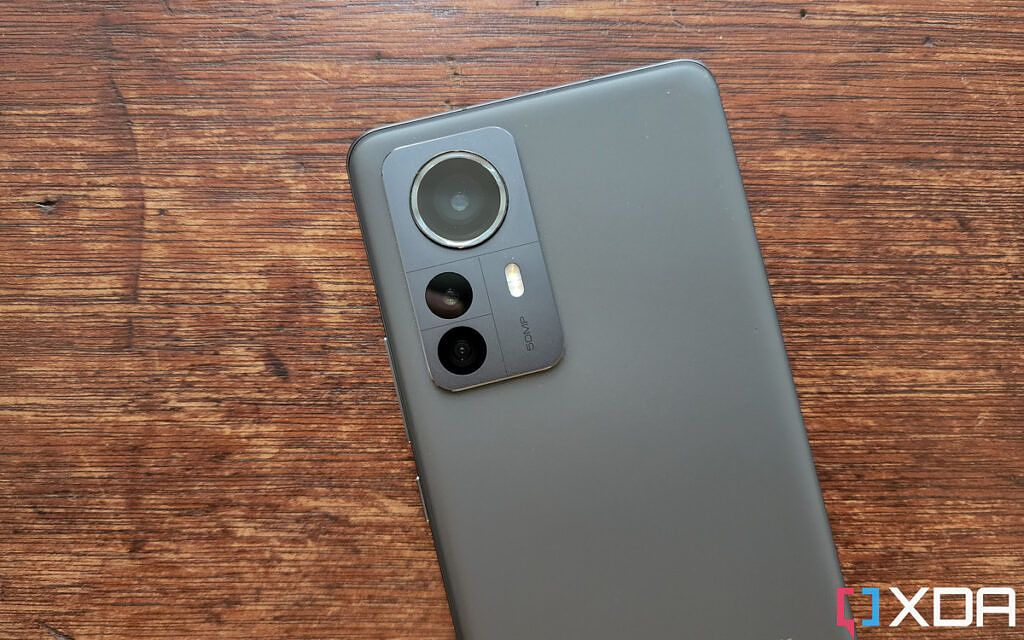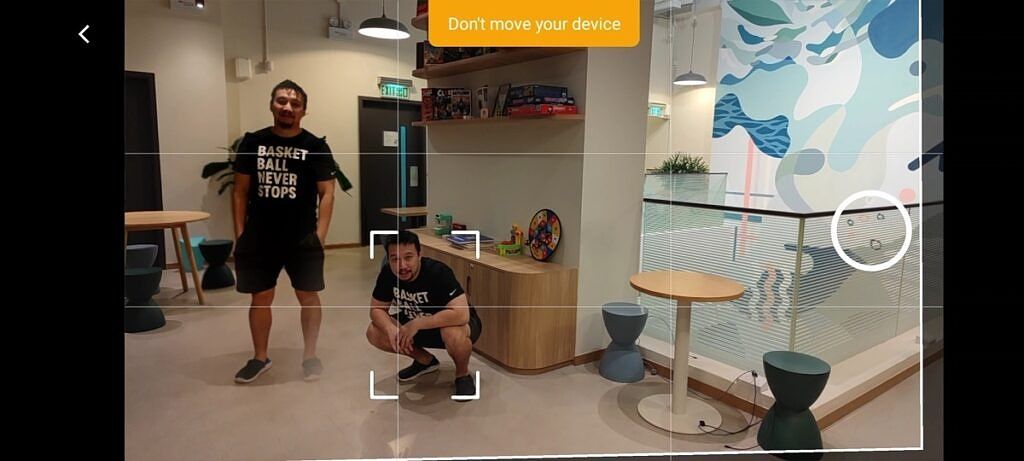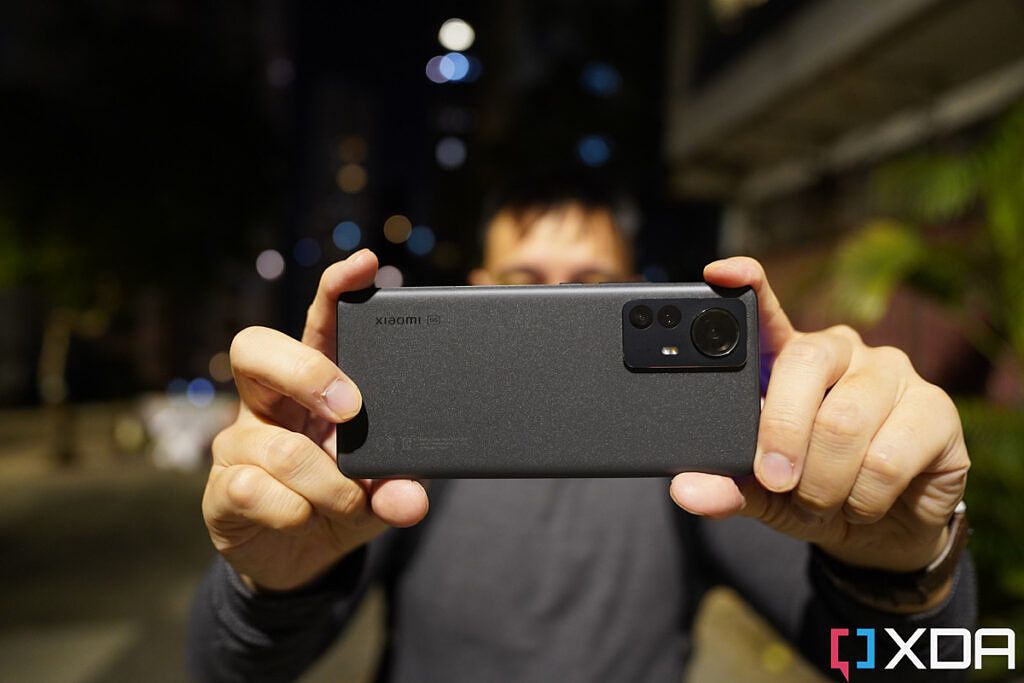In the first three months of 2022, we have already seen some excellent, very refined flagships in the Samsung Galaxy S22 Ultra and OPPO Find X5 Pro. Both phones offer a brilliant 120Hz LTPO gen 2 OLED display, awesome cameras, and the most powerful processor in Android (well, some Galaxy S22 Ultras do, anyway). But they are also priced well over the four-digit mark. Xiaomi, as usual, is here with a better value proposition: the Xiaomi 12 Pro packs almost all the good stuff I just mentioned, plus a better speaker system, at a lower price range that should be equivalent to $999.
However, it's not all good: the Xiaomi 12 Pro has perhaps the blandest design of the three devices, and the Snapdragon 8 Gen 1 chip in it runs hotter than the same chip in those other phones. In other words, there are tradeoffs, and you will have to compromise if you choose the Xiaomi 12 Pro over the other two phones, which are a bit more polished right now.
But the elephant in the room is that, despite Xiaomi having not said a word, everyone knows the Xiaomi 12 Pro is not the true alpha dog of this series. We know there's a Xiaomi 12 Ultra somewhere down the line -- and perhaps that one will truly knock it out of the park the way the Xiaomi 11 Ultra did. As of right now, the Xiaomi 12 Pro is a solid, iterative flagship that is a jack of all trades, master of none.
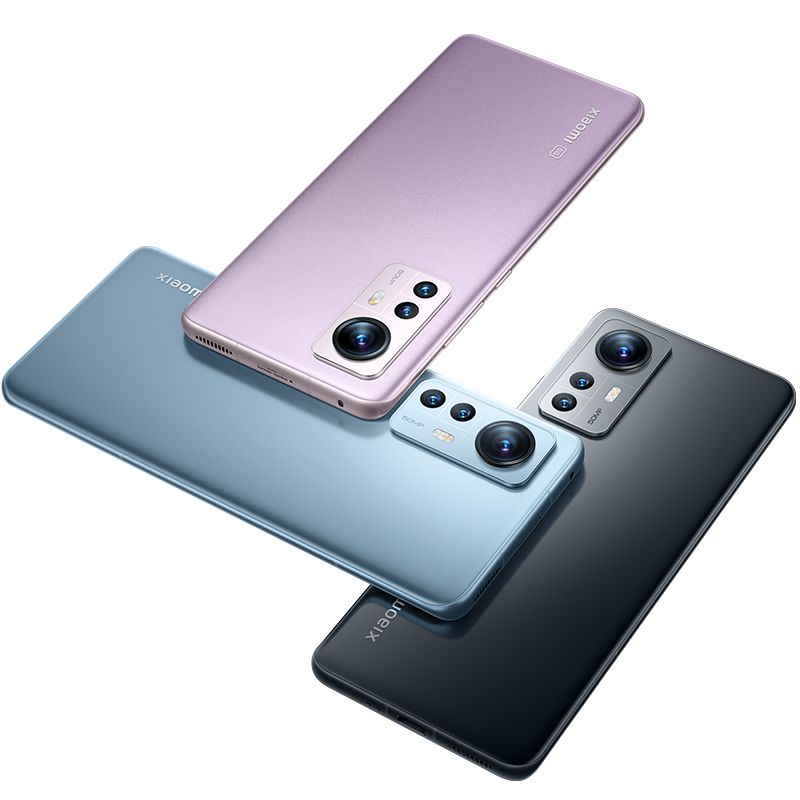
Xiaomi 12 Pro
The Xiaomi 12 Pro brings a gorgeous display panel, awesome main camera, and a Snapdragon 8 Gen 1 at a price tag quite a bit lower than the Galaxy S22 Ultra or OPPO Find X5 Pro. However, the phone's thermals are below par and the 2x zoom lens is lacking
Xiaomi 12 Pro: Price and Availability
The Xiaomi 12 Pro was first released in China in January. This global variant is part of a series that also includes the Xiaomi 12 and Xiaomi 12X, and will be available in Europe, Southeast Asia, Africa, the Middle East, and Latin America. The exact dates have not been announced. Prices announced are in US figures, which local markets will convert to equivalent prices.
- Xiaomi 12 Pro starts at $999 for the 8GB RAM+256GB storage version. There will also be a 12GB RAM+256GB storage variant with higher prices yet to be revealed.
- Xiaomi 12 starts at $749 for the 8GB RAM+128GB storage version. There will be 8GB+256GB and 12GB+256GB variants at higher prices yet to be revealed.
- Xiaomi 12X starts at $649 for the 8GB RAM+128GB storage version. There will also be an 8GB+256GB version with a higher price not yet revealed.
Xiaomi 12 Pro: Specifications
|
Specification |
Xiaomi 12 Pro |
|---|---|
|
Build |
|
|
Dimensions & Weight |
|
|
Display |
|
|
SoC |
|
|
RAM & Storage |
|
|
Battery & Charging |
|
|
Security |
Optical in-display fingerprint sensor |
|
Rear Camera(s) |
|
|
Front Camera(s) |
32MP, f/2.45 selfie camera |
|
Port(s) |
USB-C |
|
Audio |
Dual Stereo Speakers tuned by Harmon Kardon |
|
Connectivity |
|
|
Software |
MIUI 13 based on Android 12 |
|
Other Features |
IR Blaster |
About this review: Xiaomi China provided me with a Xiaomi 12 Pro on March 2. They did not have any input in this review.
Xiaomi 12 Pro: Hardware and Design
- Lighter and thinner than other recently released Android flagships from Samsung and OPPO
- 6.7-inch, 120Hz LTPO 2 OLED display looks great
- Speaker grills at top and bottom of phone pump out noticeably louder and fuller sound than rivals
- Just like the OPPO Find X5 Pro -- the Xiaomi 12 Pro has superb main and ultra-wide cameras, but the zoom lens is below par
The Xiaomi 12 Pro is yet another 2022 Android flagship, so you should know what to expect when it comes to hardware: it's a glass and metal slab with Gorilla Glass Victus on the front that curves to blend seamlessly into an aluminum frame. The display is an LTPO 2.0 OLED panel, meaning its refresh rate can vary from 1Hz to 120Hz. There's a camera module in the upper left corner of the backside, and a Snapdragon 8 Gen 1 processor running the show from the inside.
If I sounded a bit bored in the last paragraph, that's not necessarily a knock on Xiaomi. It's just that, Android flagships have been using this curvy glass-and-metal sandwich, thin-bezels-with-a-hole-punch design for three years now. The Xiaomi 12 Pro is very well built, with clicky buttons and a seamless one-piece feel in the hand. But I could say the same about the Xiaomi Mi 11 or Xiaomi Mi 10 Pro.
The design of the Xiaomi 12 Pro is also very understated, without anything flashy that screams "look at me" like the OPPO Find X5 Pro's camera bump, Huawei P50 Pro's dual circular camera design, or Xiaomi 11 Ultra's huge camera island with a screen. The phone looks clean and minimal, but also a bit bland, particularly on the dark grey colorway that I have. There are other more lively colors such as purple or blue that look great in renders.
The back glass -- Gorilla Glass Victus -- has a soft frosted coating similar to the one seen in the Vivo X70 Pro Plus. There are micro-textures on the back that can be felt and seen by the eye. This coating also reflects light in unusual ways, so much that the phone can look almost black or blue depending on the time of day. There's a Xiaomi branding on the left bottom too, but it needs to catch light to become visible.
With a thickness of 8.16mm and tipping the scales at 205g, the Xiaomi 12 Pro is a bit lighter and thinner than the recent flagships I've handled. It certainly is an easier carry and one-hand use phone than the Galaxy S22 Ultra, but I prefer the OPPO Find X5 Pro's in-hand feel. There's just something about ceramic that adds an extra denseness that feels premium. I think Xiaomi knows this, as it has used ceramic in its highest-tier premium flagships like the Ultra or Mix phones in the past.
There's a 4,600 mAh battery inside that can be topped up at 120W speeds -- and yes, the charging brick is included with the package. Onboard memory is either 8GB or 12GB of RAM (my unit is the latter) with 256GB or 512GB of storage. All the standards are the latest -- UFS 3.1; LPDDR5.
Display
The Xiaomi 12 Pro's display panel checks literally every box there is to check in a smartphone display panel right now: it's a 12-bit, 6.8-inch LTPO 2.0 OLED panel (sourced from Samsung Display) that can vary its refresh rate from 1Hz to 120Hz; it has a resolution of 1440 x 3200 and hits a max brightness of 1,500 nits. Color output can be adjusted, and the phone's software also allows the display to lock itself to either 60Hz, 90Hz, or 120Hz. It even supports Dolby Atmos. Whatever display marketing term or spec you can think of, this display has it, except for the ability to fold.
It's become the easy (and a bit lazy) narrative every year to just hand Samsung's Galaxy flagships the "best smartphone screen" title, but I challenge anyone to look at the Xiaomi 12 Pro's screen next to the Galaxy S22 Ultra screen and point out where Samsung's display actually wins (especially since we as humans perceive brightness logarithmically and not in a linear fashion). I'm not saying Xiaomi's display is better, but it appears to be every bit as good as "the best display."
[sc name="pull-quote-wide" quote="Xiaomi 12 Pro's display panel checks literally every box there is to check in a smartphone display panel right now" ]
Xiaomi offers complete control over the display's color calibration, as well as the ability to lock refresh rate to 60Hz, 90Hz, and 120Hz. These are welcome additions for those of us who like to tweak things. Being able to lock to 90Hz is great too, as it improves battery life while still getting relatively smooth animations.
Speakers
Continuing from last year's Xiaomi/Harmon Kardon partnership (or licensing deal), the Xiaomi 12 Pro features a quad-speaker system tuned by the audio equipment maker that includes a pair of woofers and tweeters, and they're positioned within a speaker grill at the top and bottom of the chassis, which is a better position than many phones that relegate one of the speakers to the sliver of an earpiece.
Surprisingly, the Xiaomi 12 Pro speakers do not get louder than the speakers seen in the iPhone 13 Pro Max or Galaxy S22 Ultra, however, Xiaomi's audio is a bit more full, with more bass.
One last note -- the Xiaomi 12 Pro's haptics are stupendous, perhaps the best in any phone right now. I love typing on this phone, as I get strong, precise feedback with each finger peck. Unlocking the phone with the fingerprint scanner also brings a satisfying jolt that I don't get from another Android phone.
Xiaomi 12 Pro: Cameras
- Main camera has a large image sensor and just the right amount of pixels for superb photos
- Automatic moving subject tracking useful in videos
- Just a 2x telephoto zoom, however
The Xiaomi 12 Pro packs a triple 50MP lens array covering the usual wide, ultra-wide, and telephoto focal length -- the latter, however, is just a 2x optical zoom, which is disappointing in 2022. Heck, even a previous phone in this series (Xiaomi 10 Pro) could do 5x optical zoom.
But the main camera is really good: it uses Sony's new IMX707 sensor with an image sensor size of 1/1.28-inches. This isn't as large as the sensor seen in the Xiaomi 11 Ultra, but it's larger than what can be found inside the Samsung Galaxy S22 Ultra, OPPO Find X5 Pro, iPhone 13 Pro Max, and Google Pixel 6 Pro. Having such a large image sensor means the camera pulls in a lot of light naturally. That, coupled with pixel-binning technology (the 50MP sensor really outputs a 12.5MP shot), means the phone almost never has to use night mode except in pitch black conditions.
The above set of photos, all captured by the Xiaomi 12 Pro's main camera, look great: dynamic range is superb in every shot, there's natural bokeh that separates subjects in the foreground from the background, all the neon lights are well exposed and not blown out. However -- and this could be considered good or bad depending on your preferences, the Xiaomi 12 Pro tends to exaggerates colors and contrast. Below are comparison shots against the Galaxy S22 Ultra.
The reds in Xiaomi's shots are much punchier than Samsung's shots, the contrast between shadows and illuminated areas are more dramatic. Samsung's shots are more accurate to real life, but Xiaomi's shots could appear more visually striking to some people. This is ironic, because this dialed-up contrast look is what Samsung used to do before it toned it down to aim for a more natural look.
The Xiaomi 12 Pro's ultra-wide, while still packing 50 million pixels, uses a smaller, weaker Samsung JN1 sensor. Unlike the OnePlus 10 Pro, Xiaomi does not opt for a super-wide 150-degree angle -- a wise move in my opinion, as tighter framing reduces distortion and improves image sharpness.
The ultra-wide lens also uses four-in-one binning technology to churn out a respectable 1.28-micron size, so even in low light scenes, images are impressively noise-free, although these shots are clearly not as sharp as the same shots captured by the main camera if you pixel peep. The OPPO Find X5 Pro's ultra-wide is still better -- details are sharper if you zoom in and examine -- because of the large image sensor, but I prefer Xiaomi's ultra-wide to the Galaxy S22 Ultra's.
The telephoto camera's 2x optical zoom range disappoints me, someone who loves taking 5x, 10x shots all around the city. But because it, too, is a 50MP sensor that then uses pixel-binning, I find the Xiaomi 12 Pro's portrait shots (which uses the telephoto) to be better than the Find X5 Pro or Galaxy S22 Ultra's, at least at night (which is when I prefer to test cameras because low light scenes make for more challenging scenarios).
Anything beyond 2x zoom is digital zoom, so of course, the Xiaomi 12 Pro's 10x zoom looks bad compared to the Galaxy S22 Ultra's 10x shot.
The selfie camera is fine: a 32MP shooter that produces binned 8MP selfies. Like all other Asian phones, the selfie camera app can apply a "beauty filter," but unlike some brands like Vivo and Samsung (which will whiten and smooth your skin no matter what setting you choose) Xiaomi actually gives you the option to really turn it off for a more natural look. In really low light situations, selfies are really soft, however.
As I said, Xiaomi does offer beauty filters for those who want them, and Xiaomi's version offers a lot of features: you don't just get to slim your face, or enlarge your eyes, but you can also fix your hairline by making it lower or higher. You can see my hairline (forehead size) in the first two pics below are different -- and the effect looks pretty natural.
These extra camera modes is what makes Xiaomi's cameras more fun to play with than other phones, in my opinion. Two of my favorites are "Clone" mode and "Sky Editor,". These are not new -- we've covered them before in previous Xiaomi phone reviews -- but with these, you can easily snap a video or photo with two instances of the same person, or change the sky's colors and cloud formation with a couple of taps. You can probably do this with a third party app, but these apps tend to be ad-filled or cost money. Xiaomi has these built into their native camera apps.
Video
The Xiaomi 12 Pro's main camera produces pretty good videos. In well-lit conditions (like the first 10 seconds of the video sample below) you can see stabilization and lighting are all top tier, as well as audio input. There's also a nice natural bokeh around my head for a more professional look. At night, the stabilization is not the strongest (iPhones and Samsung Galaxy S22 Ultra can do better), but Xiaomi's video footage is noticeably better lit than the Galaxy S22 Ultra's. The ultra-wide camera is solid during well-lit conditions but really suffers at night in terms of stabilization and lighting. I'd still give the overall edge to the Galaxy S22 Ultra for the best video camera in Android phones right now, but the Xiaomi 12 Pro can settle for second place with the OPPO Find X5 Pro and Vivo X70 Pro Plus.
A new video trick Xiaomi brings to the 12 Pro is automatic object tracking. This is turned off by default, but once turned on, the Xiaomi 12 Pro's camera app will automatically lock on to a subject/object and keep focus even as the subject is moving around the frame. It works really well, as can be seen below. This feature allows you to pull off cinematic tricks like rack focus.
Xiaomi 12 Pro: Software
- MIUI 13 over Android 12 brings zippy, whimsical animations
- Missing some basic Android 12 functionality like force rotate
- Settings panel overly complicated
The Xiaomi 12 Pro runs MIUI 13 over Android 12, and the overall experience is fine, but MIUI has a few quirks I don't like. I'll start with the good: I find MIUI's animations to be particularly smooth and fluid, noticeably more so than One UI, which means I can really feel the 120Hz when I'm doing basic things like scrolling and closing apps than on the Galaxy S22 Ultra. I'd rank the animation fluidity as a virtual tie between ColorOS and MIUI right now. Xiaomi has also fixed the bug that has been around the last two years of MIUI: you can now activate one hand mode even with gesture navigation (before, you could only do so with button navigation). Overall, MIUI is a good-looking UI that doesn't offend me the way, say, FunTouch OS used to.
Now let's nitpick: MIUI has an overly complicated settings panel that buries some basic settings. For example, the phone ships with button navigation out of the box, and if you want to switch to gestures, you must dive into this settings page called "Full Screen Display" that is a separate page from the main "Display" section. If you want to set Always-On Display, that is also in a separate settings page from the main Display page. Anytime I jump to a Xiaomi phone, it always takes me an extra minute or two to set up the phone compared to setting up a Samsung or OPPO device.
Some basic Android features, like force rotate (the ability to rotate an app even if your phone's overall setting has locked orientation) is missing here. I use this feature a lot, as I like to scroll through the phone while laying horizontally on the bed, so I need to lock the main orientation to prevent auto-rotating. None of these are major software issues, but it's annoying enough that I'd prefer to use ColorOS or OneUI.
Xiaomi 12 Pro: Overall Performance, Battery Life and Charging
- Good battery life that can last a full day of heavy use
- The phone can run hot during intense gaming sessions -- in fact, it couldn't last a 20-minute stress test on 3D Mark when rival phones could
- Great screen and speaker make for a great movie watching machine
With a Snapdragon 8 Gen 1 and either 8GB or 12GB of RAM, the Xiaomi 12 Pro would perform like a champ, right? Not quite. While the phone zips around for most regular tasks, the thermal situation here is problematic. Xiaomi advertises a cooling system that includes "large heat dissipation graphite sheets," but it doesn't seem to work well.
I first noticed the phone running really hot during an extended gaming session, so I installed 3D Mark and ran the "Wild Life Stress Test," and the Xiaomi 12 Pro could not finish the 20-minute test, as it succumbed to overheating and shut down the app. I tried it again a few hours later, and again the Xiaomi 12 Pro could not finish the test -- I got another message saying the phone has overheated (the first screenshot below). The Samsung Galaxy S22 Ultra and OPPO Find X5 Pro had no problem finishing the 20-minute test.
However, the Xiaomi 12 Pro's general benchmark numbers when not being put through prolonged stress (Geekbench and 3D Mark's shorter Wild Life test) show impressive scores that beat the Galaxy S22 Ultra. And again -- in normal usage, I encountered no lag, no stutter, so the overheating problem is only an issue if you really push the phone's GPU. This could be a dealbreaker for mobile gamers, but if you don't game too much, it should not be an issue. I took the phone out for an afternoon of shooting under intense sunlight and saw no issues either.
Thanks to the large speakers and beautiful screen, the phone is great for media consumption. Reception, call quality, connectivity all worked flawlessly for me.
Battery life is fine; on a workday, the phone can easily go a full day away from a charger, on a weekend day when I am out for 12-14 hours and using the phone heavily, the Xiaomi 12 Pro can eek to the finish line. Last Saturday, I took the phone out filming and it came home after 13 hours with 8% battery. The Galaxy S22 Ultra has better battery life, but the Xiaomi 12 Pro's battery life is satisfactory to me. The 120W charging brick being included makes a huge difference, as a simple 5-10 minute top-up in the late afternoon will surely add enough juice to the phone for all night out. From my testing, the phone charged from 0% to 100% in 25 minutes with the included 120W charger.
Who should buy the Xiaomi 12 Pro?
If you're in the market for a new Android flagship, the Xiaomi 12 Pro offers a lot of what you'd want: a display that is great and not noticeably inferior to anything else on the market; a top-end SoC, and a really good main camera. But its ultra-wide and zoom system is not as good as rivals, and the overheating issue could be problematic to those who plan on playing mobile games often.
While the nearly $400 price gap between the Xiaomi 12 Pro and the OPPO Find X5 Pro (price converted from EUR) is large enough that should convince many to pick Xiaomi over OPPO, I'm not sure the $200 price difference between Xiaomi 12 Pro and Galaxy S22 Ultra is large enough, as Samsung just brings a more polished and versatile package all around. I suppose the Xiaomi 12 Pro should be compared to the Galaxy S22 Plus (not the Ultra), in which case I think Xiaomi 12 Pro holds up very well.
But like I said, I think there will be a Xiaomi 12 Ultra coming, one that will be more equipped to tackle Samsung's best of the best. But knowing this also puts the Xiaomi 12 Pro in a sort of lame duck spot -- if you want to save money, you're better off getting the Xiaomi 12, if you want Xiaomi's best slab offering, everyone knows this isn't quite it. So despite the Xiaomi 12 Pro being a good flagship, there are propositions above and below it that take the spotlight away from it.

Xiaomi 12 Pro
The Xiaomi 12 Pro brings a gorgeous display panel, awesome main camera, and a Snapdragon 8 Gen 1 at a price tag quite a bit lower than the Galaxy S22 Ultra or OPPO Find X5 Pro

